Green Home Design Essential Tips For Engineers
Green Home Design is essential for the health of our environment and the well-being of homeowners. By using renewable materials and energy sources, green home structures reduce the amount of energy needed to power and heat the home, resulting in fewer emissions released into the atmosphere. This not only helps reduce our dependence on non-renewable resources but also helps lessen the impact of human activities on the environment. By making green home design a priority, we can ensure that future generations will have access to a healthy and sustainable environment.
But what is Green Home Design? Well, Green Home Design is a set of practices and principles used to create homes, buildings, and structures that are energy-efficient, environmentally friendly, and sustainable. It focuses on the use of renewable materials, energy-efficient appliances, and eco-friendly structural elements to help reduce environmental impact.
Green architecture, or green home design, is an approach to building that minimizes harmful effects on human health and the environment.
– Martin Kolarik
Choose Renewable Materials Like Bamboo, Cork, and Recycled Wood.
Bamboo and cork are both great alternatives to traditional hardwood flooring. Bamboo is made from the fibers of the bamboo grass plant, which continues to grow even after the stalks are cut, and provides an array of styles and colors to suit any space. Cork is an equally attractive option, with its warm and inviting appearance that brings comfort and personality to any floor. Both materials are durable and sustainable, and provide a unique and stylish look to any home. As a bonus point, cork is an excellent thermal and acoustic insulation [1].
Reclaimed or recycled wood is a great, eco-friendly option for reducing the number of trees being cut down and the amount of lumber ending up in landfills. Not only does it help save our forests and reduce our environmental impact, but it also provides a unique and rustic appearance that can add character and charm to any space. Additionally, reclaimed wood is often easier to work with and more affordable than traditional lumber, making it a great choice for any project.
Using natural light and ventilation for heating and cooling is vital in green home design, and adding more windows makes a big difference. Taking advantage of the sun’s energy can create a comfortable environment, reduce air pollution, and lower energy bills. Natural light and ventilation can reduce the energy used to heat and cool, acting as a passive system. Utilizing natural light and ventilation is an efficient way to make a sustainable and energy-efficient home. Our previous project the Vierra Canyon Residence is a good example of a green home design that harnesses natural light.
Install Energy-Efficient and Eco-Friendly (Green) Appliances.
Energy-efficient appliances use less energy than traditional appliances, minimizing the amount of electricity needed to power them and lowering the overall energy consumption. Appliances that are energy-efficient also produce fewer emissions which decreases the impact on the environment. These types of appliances are typically more reliable and can last longer than traditional appliances, therefore reducing waste.
Plant trees and shrubs to provide shade and natural cooling for Ultimate Green Environment.
Trees and shrubs can reduce energy costs, improve air quality, and create a pleasant environment. Native species suited for the climate and location should be chosen when planting. Proper care and maintenance will ensure they provide benefits like cooling shade, improved air quality, and reduced air pollution.
Trees are an essential part of the environment, but choosing the right type for your green home design can be difficult. It is usually best to select native species, as they are well-suited to the local climate. Popular trees include fruit trees such as apples, cherries, and pears, as well as nut trees like walnut and hazelnut. Be sure to choose trees that are appropriate for the climate, and soil type, and resistant to diseases and drought.
Install Ecological Rainwater Harvesting System.
To conserve resources and reduce water usage in your home, consider installing a rainwater harvesting system. This system typically consists of gutters, downspouts, and screens on the roof to capture rainwater, a storage tank, and a delivery system. Moreover, the collected rainwater can then be used for various purposes such as gardening, flushing toilets, or washing clothes.
When installing a rainwater harvesting system, it is important to ensure that the water is filtered, treated, and stored properly so that it is safe and clean for use. For the system to be effective, follow appropriate applicable regulations and guidelines.
Green Home Design Incorporates Solar Panels Into Roofing Structures.
Solar panels are a great way to generate clean, renewable energy from the sun, and can be used to offset the energy used from other sources. Apart from this, solar panels can help reduce energy bills and provide a source of backup power in the event of a power outage.
When installing solar panels, ensure that they are properly installed and that they are in an area that receives adequate sunlight. It is also important to make sure that the roof is structurally sound enough to support the added weight of the panels.
Follow LEED Standards for Construction and Remodeling for your Green Home Design.
If there’s one tip to cover them all, it’s to follow standards and best practices. Leadership in Energy and Environmental Design (LEED) standards are a set of guidelines developed by the U.S. Green Building Council (USGBC) for the construction and remodeling of green buildings.
LEED covers topics like renewable materials, energy efficiency, and reduced water use. It requires energy efficiency, water conservation, natural resource preservation, and sustainable construction practices. LEED also guides on selecting eco-friendly materials, managing construction waste, and using recycled materials.
Conclusion
In conclusion, Green Home Design is best for an environmentally friendly home. This helps boost energy efficiency, reduce environmental impact, improve air quality, decrease water consumption, and increase the home’s value. Green home design also helps to lower utility bills and create a healthier living environment. Moreover, green home design structures can benefit the local ecosystem, as they can reduce pollution and protect natural resources.
References

